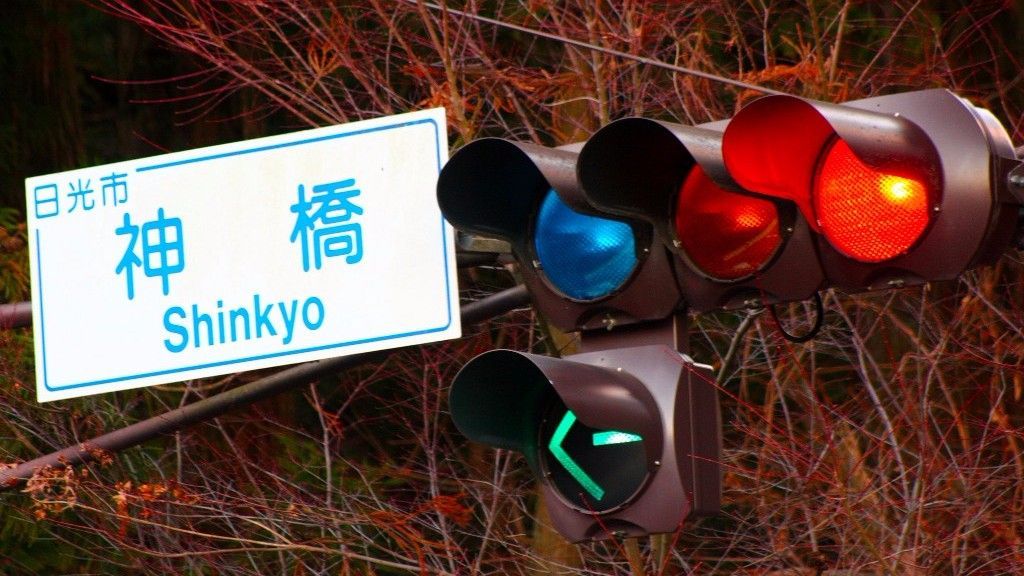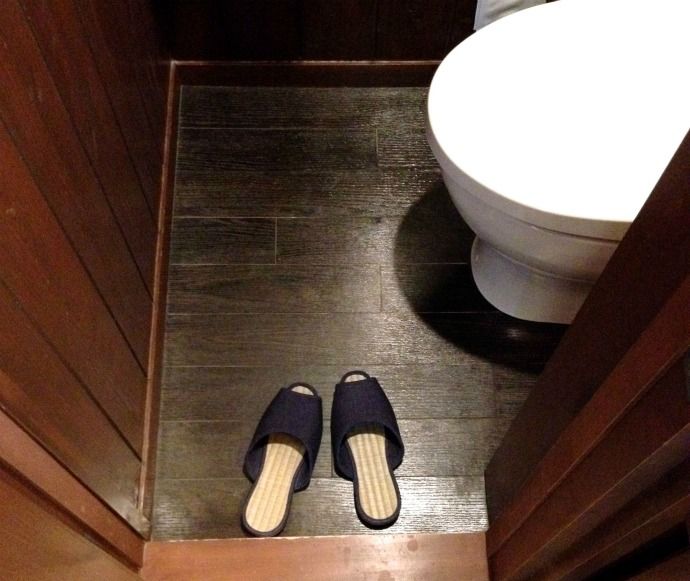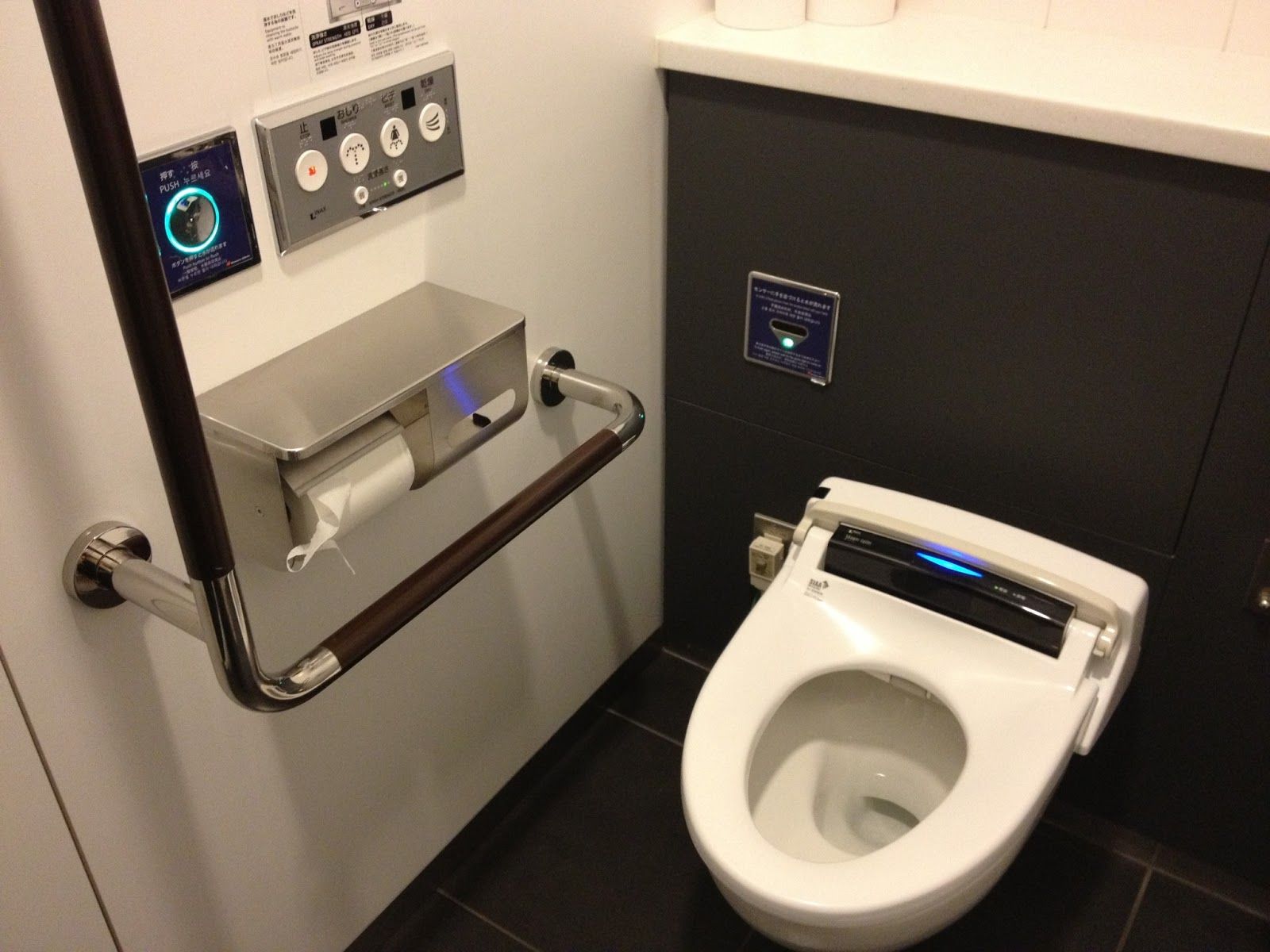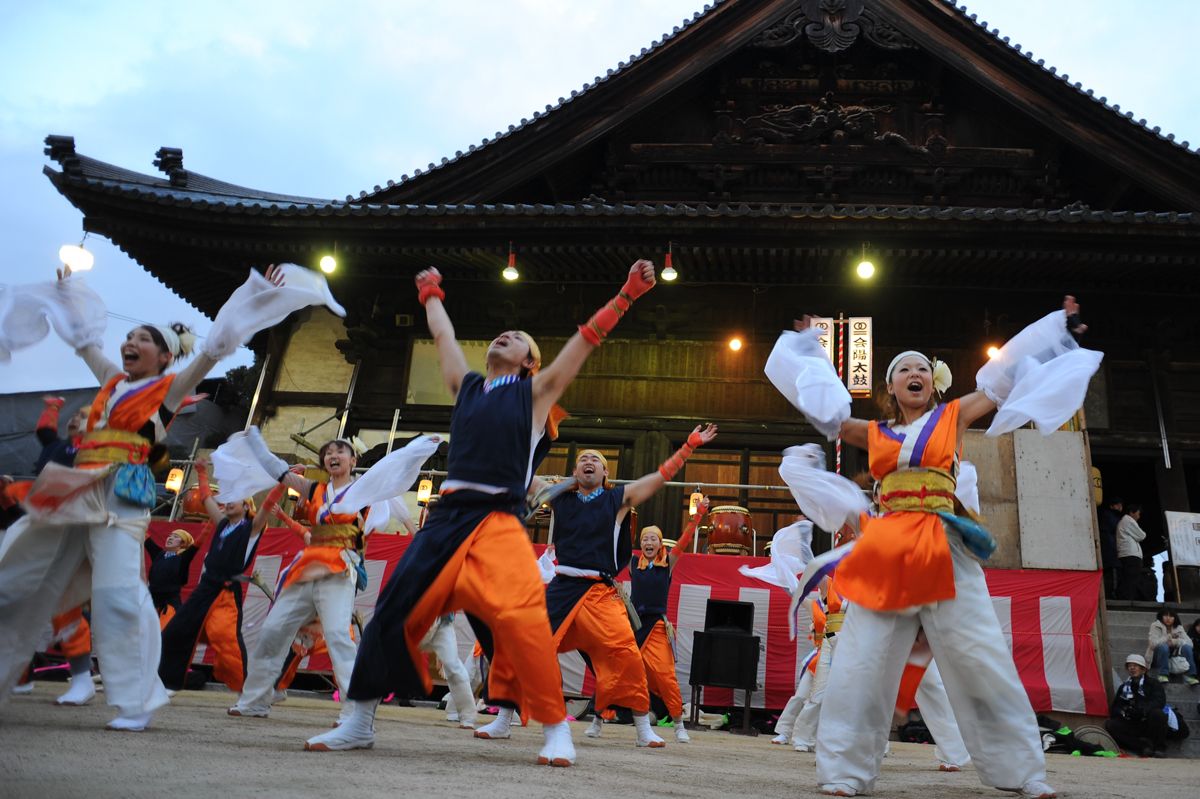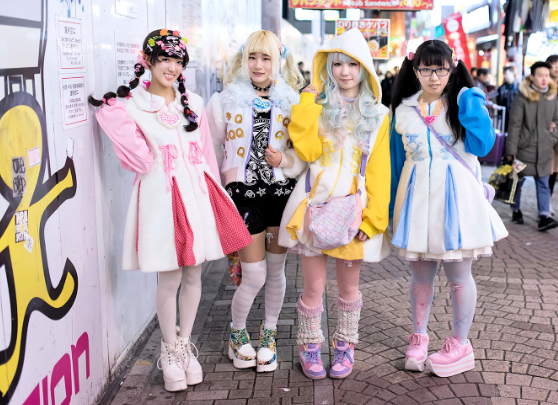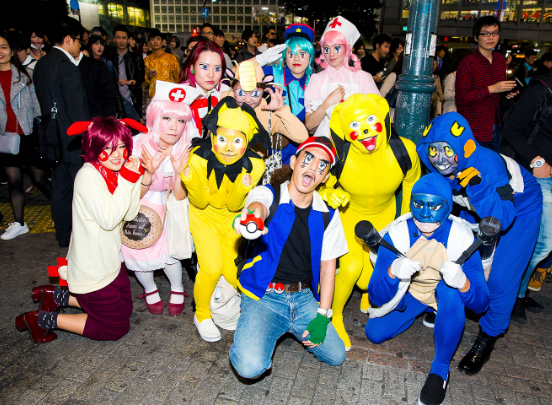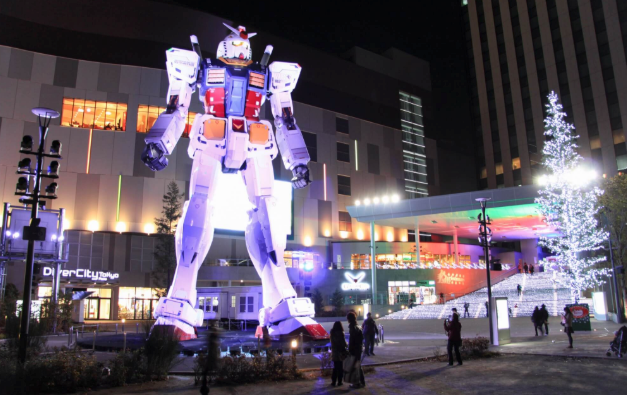The largest continent on Earth is Asia and in it are 48 countries, some of which are popular tourist destinations. A melting pot of different cultures, thousands of historic sites, and amazing plant and animal wildlife you cannot see anywhere else. On the right side of the continent, just there at the upper part, is Japan. A country known during the 1940s as a fierce and tactical opponent in the war.
Japan today is known as a peaceful country, with the most polite and trustworthy people on earth. They treat tourists like honored guests and cherished visitors. It is truly like visiting another planet entirely because of its diversity and vast network of subcultures, people and attractions. It is a country with technological advancements like no other country in the world. Japan is quite the eccentric country in terms of everything. As a tourist visiting Japan, one will notice several weird things about Japan that they have never seen or would never ever see in any other country they’ve been to. Let’s look at 24 of the weirdest, funniest, cutest, and most unbelievable things you’ll see, only in the Land of the Rising Sun.
20 Blue Means Go
Colors of a stoplight or a traffic light are normally red, yellow (or orange) and green. They mean stop, warning, and go. In the busy city streets of Japan, if one looks up at the traffic lights, there they’d see a new and weird color, it’s blue.
In Japan, a blue traffic light means go. So, if you ever get a chance to drive in Japan, don’t wait for the blue light to turn green, just go ahead because blue means go in Japan. However, just recently, they’ve started changing many blue traffic lights to green, so you’d be lucky to see a blue one when you visit the country.
19 Capsule Hotels
A popularly growing trend in the hotel industry today, capsule hotels are now present in Belgium and China. But years before these countries even considered the idea, Japan was already accommodating tourists and travelers in their space-saving and cheap hotel rooms. The original capsule hotel was built in Osaka, Japan in 1979.
It was called Capsule Inn Osaka, located in the district of Umeda in Osaka. There are now hundreds of capsule or pod hotels in Japan and you can choose from regular capsule hotels in economy prices, or experience the luxury capsule hotels, complete with world-class amenities and VIP treatment.
18 Toilet Slippers
When a tourist checks into a nice hotel in Japan, before even stepping in to check out the toilet and all its complicated dials and buttons, they will first see slippers by the door or down on the bathroom floor ready for them.
Don’t be surprised, it was not forgotten or misplaced by housekeeping. They’re there correctly for guests to use inside the bathroom. They are called toilet slippers, so put them on and experience the weird feeling of wearing slippers in the bathroom. Obviously, the Japanese use it for added protection and sanitary reasons, a perfectly good reason to wear them yourself, right?
17 Amazing Toilets
Ever watched the film Why Him? starring James Franco and Bryan Cranston? The Japanese toilet owned by James Franco’s character plays a crucial role in the film. Make no mistake, the movie did not exaggerate the features of the toilet, it’s really like that.
That is how amazing Japanese toilets are, they have a board or a pane for its many buttons and special tricks and features, and each has their own use and are designed for both male and female occupants who are going to use it. So wear those toilet slippers and sit down on one of these amazing toilets and try out every button and see what happens.
16 Animal Cafe
Ever been to an establishment where they do not allow pets? People would have to leash their pets outside before they can step foot in the building and go about their business. In Japan, they took it one step further than that. You are welcome to bring your pets inside Japan’s famous animal cafes, and if you do not have a pet, they will provide one for you.
Just choose the cutest one and have your drink while stroking the little furry animal. The most popular ones are cat cafes, rabbit cafes, owl cafes, and even reptile cafes. There are also a lot of dog cafes, hedgehog cafes, and bird cafes. Choose the drink you like, and choose an animal to pet and enjoy both in one of these wonderful establishments.
15 Moomin Cafe
Now this type of cafe is perfect for tourists or travelers who do it alone. Sometimes it’s nice to have a hot cup of coffee and a warm conversation, sometimes just the company is enough, they don’t even have to talk. Well, look no further.
Introducing Japan’s moomin cafe, a cafe that offers caffeine, tea, and pastry, plus a companion to be with you at your table. It’s called moomin cafe because they have a ready larger-than-life, Moomin stuffed toy ready to dine with a customer. These are characters, originated from Finland and created by Finnish illustrator Tove Jansson, from a children’s book, comic strip, and animated TV show. Check out this cafe and never feel lonely dining again.
14 Hadaka Matsuri
This is probably one of the weirder festivals, and where else does it happen but in wonderful Japan. In Japanese, the word matsuri means festival. This annual Japanese festival is celebrated in Okayama, in the Saidaiji Temple. It’s originally a religious festival that celebrates a season’s bountiful harvest, but also a celebration of fertility and prosperity.
Today, this festival is attended by thousands of Japanese men, even tourists are welcome to join, and they run for hours wearing diaper-like clothes and socks (hence the name, translates to Naked Festival). This festival is held in February, so imagine how cold it must be to run around for hours in the freezing temperatures. The belief is that it cleanses and purifies one’s soul, that’s why thousands participate.
13 Ganguro
Ganguro started in Japan as a rebellious movement among teenage girls. Teenage girls in the nineties would not conform to the traditional look imposed on them by their seniors, so they did what most adolescents do not, they went out in public and created a fashion that is the opposite of what is expected of them.
They tanned their skin to oppose the notion that beauty is achieved by pale skin, black hair, and neutral tones. They also dyed their hair bright and extravagant colors, used makeup that contrasted the dark tan of their skin. Ganguro is trending again today, so don’t be surprised to see some girls wearing the style on the street when you take a vacation in Japan.
12 Harajuku Girls
A fashion trend that’s just one of many in Japan, harajuku was born in the post-war era when Americans brought clothes to Harajuku, Japan, that started a fashion trend. It was ignited further in the 1960s when the Tokyo Olympics attracted western shops and the fashion-minded people of Japan were immersed in high-end products and top-of-the-line fashion brands.
Harajuku girls are teenage to twenty-something girls who are not shy to parade their fashion taste in public. Today, Harajuku is not just a popular fashion capital in Japan, but also known all over the world. Just admire and be entertained if you ever chance on a group of Harajuku girls on your vacation.
11 Manga, Anime and Cosplay
These three things are the most popular things with teenagers, not only in Japan, but all over the world. Manga is a form of animation, drawing characters and creating a story for a comic book. A Japanese style of drawing and storytelling that originated in the 1900s. Other countries know the term manga only as the comics that come from Japan.
If a manga gains a certain level of popularity, it can get converted into an animated TV series called anime. Anime and manga cover a diverse genre, therefore catering to all age groups of fans, male and female. Cosplay is the result of fans expressing their love, admiration, and support for their favorite anime and manga characters, as they dress-up as these characters.
10 Sumo Wrestling
A visit to Japan seems incomplete without watching a sumo wrestling match. Sumo is a kind of wrestling that is done in a traditional circular ring and two fighters, or rikishi, and the object is simple: make the opponent step out of the ring or slam him down to the ground.
Sumo is considered Japan’s national sport. Contrary to the obvious notion that big, fat, and large wrestlers choose the sport, sumo is more a way of life rather than a choice made due to one’s physique. It is a long-standing tradition and when a person commits to sumo, his whole life will have to change into the sumo wrestlers life. All the rituals, diet, and home location are crucial to the sumo tradition.
9 Bamboo Forest
The weirdness of Japan extends to its natural resources, like plant life. We introduce to all nature-loving tourists the Bamboo Forest in Kyoto, Japan. It’s like a forest of mutated bamboo that’s the tallest bamboo one will ever see.
That’s a visual treat any tourist would stare at in awe, plus the wind blowing through the forest makes for a peaceful sound, so magnificent that the Ministry of Environment declared the forest a soundscape of Japan. A protected forest of freakishly tall bamboo, with pathways made in and around it for tourists to walk and an absolute paradise for nature lovers.
8 Ghost Island
UNESCO officially listed Japan’s Ghost Island as a World Heritage Site in 2015. Hashima is an island that was an icon for Japan’s industrial advancement in the world. It was completely developed and self-sustaining from the 1890s through the 1960s. It mined undersea coal and completely depleted it in the 1970s.
Located in southern Japan, Hashima is now a tourist attraction for its abandoned concrete buildings and its eerie existence in a country that is one of the best in tech advancement. A visit to the island would make one feel the rich history and culture of Japan, its accomplishments and downfall all at the same time.
7 Rabbit Island
During World War II, Japan made Okunoshima its center for chemical warfare. The poison gas that ended the lives of thousands of Chinese soldiers and civilians was researched, developed, and tested on this island.
Today it’s called by the Japanese, Usagi Shima, which translates to Rabbit Island in English. An island with a dark past is now a popular tourist attraction, thanks to the hundreds of rabbits untouched and unthreatened, and unafraid of people, that settled on the island and called it home. Most believe that these rabbits were descendants of the test rabbits used in research during the war.
6 Holy Deer
The holiness of the Sika deer started from local folklore and was a true Japanese law until the end of World War II. Back then, lawbreakers were put to death. Today, the deer have been downgraded to national treasures, but there’s still a law that protects them from getting hurt by anyone.
That’s why there are now more than one thousand Sika deer cohabitating with people in the city of Nara. Nara Park is one of the biggest parks in Japan and is visited by hundreds of tourists every day, as expected since it was declared one of the Places of Scenic Beauty.
5 Shin-Yokohama Raumen Museum
The Shin-Yokohama Raumen Museum is actually more of a food court than a museum. But we guess that’s the whole point since the museum displays different kinds of ramen restaurants. Located in Yokohama, Japan, in the district of Kohoku-ku, the Shin-Yokohama district is one of the weirdest museums-slash-food courts in the world.
The main attraction and star of the show is the ramen, probably the most popular dish in Japan. In the museum part of the food court one will learn the history of ramen, how it’s made, and the different kinds of noodles, vegetables and toppings used in preparing the dish. In the food court part of the museum, one can try different ramen dishes by ordering their mini-ramen servings.
4 Gundam Statue of Liberty
Definitely more animated than the Statue of Liberty in the New York harbor, the Gundam Statue in Japan has different colored lights about its body that makes it look very good at night. Its head also moves and its chest spews mist. The Gundam Statue is in Odaiba, Tokyo, located just outside the Diver City Tokyo Plaza.
Built in 2009, it towers 18 meters or 59 feet tall and is a perfect scale model of an actual Gundam (giant robot). Popular and sought out by tourists from all over the world, especially children and Gundam fans, a picture with the statue is a perfect remembrance of one’s vacation in weird but wonderful Japan.
3 Hello Kitty Theme Park
Sanrio is a stationery popular for its eye-catching and child-attracting characters, the most famous of which is Hello Kitty. The theme park is named Sanrio Puroland, and going there via train is already a delight since the stations going there are themed with Sanrio characters and designs.
Located in the Tokyo suburb Tama, the park was opened to the public in 1990 and had its ups and downs throughout the years, most notably its first three years that the theme park was almost completely shut down. Today, it is one of the best tourist spots for families and Hello Kitty and Sanrio aficionados.
2 Funeral Hearse
One Japanese superstition we could probably use while having our vacation in Japan is the proper way to behave if ever a funeral hearse passes by on the street. The Japanese believe that whenever they see a hearse, a family member is close to death. So, to counter that belief they hide their thumbs in their fist while the hearse passes them by.
This act is done to protect their parents from an early death. In Japan, the thumb is also known as the parent finger. Now we know what to do when we’re enjoying the clean streets of Japan and a funeral hearse passes by, hide that thumb of yours and protect our loved ones.
1 Love Hotels
Generally, hotels of the same nature as love hotels are situated in discreet and somewhat secret locations in city streets and alleys in most countries. This is Japan, it’s a weird country and love hotel signages and their inviting neon signs are all over the place.
One can see a big sign detailing the hotel’s discount rates and room themes available as they walk along a busy street. It doesn’t matter if it’s night time or early in the day, those signs are there twenty-four-seven. It could be awkward for some, even embarrassing, to be seen going into, or coming out of, one of these love hotels. For the Japanese, it’s part of daily life.
References: Telegraph, Thriftynomads, Tsunagujapan

